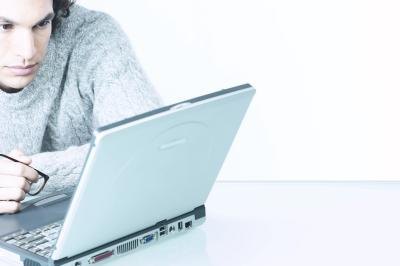Proshivka Bios So Slic 21
For it is the Brazilian’s task to succeed where David Villa and Zlatan Ibrahimovic failed, in providing a legitimate foil to Messi so that Barcelona can ally some potency to all their pretty triangulations. “My relationship with Messi is marvellous,” the 21-year-old says, shyly, still speaking via a translator.
I have been reading posts on seven-/eight-/tenforums for years with pleasure and gratitude for all the solutions they provided. But my current issue is one of the strangest things I've encountered in all these years. Pelco sarix camera tool. Have been searching through a lot of posts but haven't found any similar issue (or solution for it) yet. So here it goes. Symptom: the OEM product key in the registry of a Windows 7 Pro installation (laptop) does not correspond with the OEM product key in the laptop's BIOS. Here's the situation in short. It concerns a laptop from a student friend of mine who asked me to upgrade her current Windows 7 Pro x64 OS to Windows 10.
She couldn't tell me if the installation was the original OEM factory partition or if it (perhaps) could be a pirated version. Since I wasn't about to just upgrade to Windows 10 without checking the authenticity of the Windows 7 OS, I performed the regular checks: see if it was activated already by running the 'Activate Windows' program (check), check under Control Panel -> System and Maintenance -> System tab if the OS was already activated (check) and run (check). Everything seems fine, the OS is activated and genuine. Still, the COA sticker was missing. My friend didn't have any physical recovery media or other stuff with a license sticker on it. So I thought I'd check the product key stored in the BIOS and compare it with the product key in the registry.
If they'd correspond, all would be well. However, things turned out differently. After retrieving the product key from the registry with several programs (, and ), I compared it with the BIOS product key (retrieved with ). Result: they did not correspond. I couldn't believe it at first and double checked it with another program that retrieves both the registry product key and the BIOS product key and lists it in one table (). It confirmed my initial result.

I know that it's possible to run a pirated version that is activated and appears to be genuine and pass the validation tool. And since it's a students' laptop, I can't rule this out.
But it could also be possible that another genuine OEM version has been installed on the laptop (and thus activated and genuine). And that's why I want to be absolutely sure I'm doing the right thing with upgrading to Windows 10. Therefore, I'm a bit stuck in my upgrade decision process.
My questions are: 1. Should I just upgrade to Windows 10 on the current Windows 7 OS without knowing if the latter is truly genuine or not?
I suppose that the Windows 10 upgrade will complete successfully since the current Windows 7 OS has passed the validation tool, but this is merely a prediction. I haven't tried upgrading a pirated Windows 7/8/8.1 OS, so I'm not sure what happens in such a situation. If the first question is answered positive, will the Windows 10 upgrade use the registry product key of the Windows 7 installation (and register the laptop hardware on the MS servers and tie the new Windows 10 license to the laptop hardware config based on that registry product key)?
